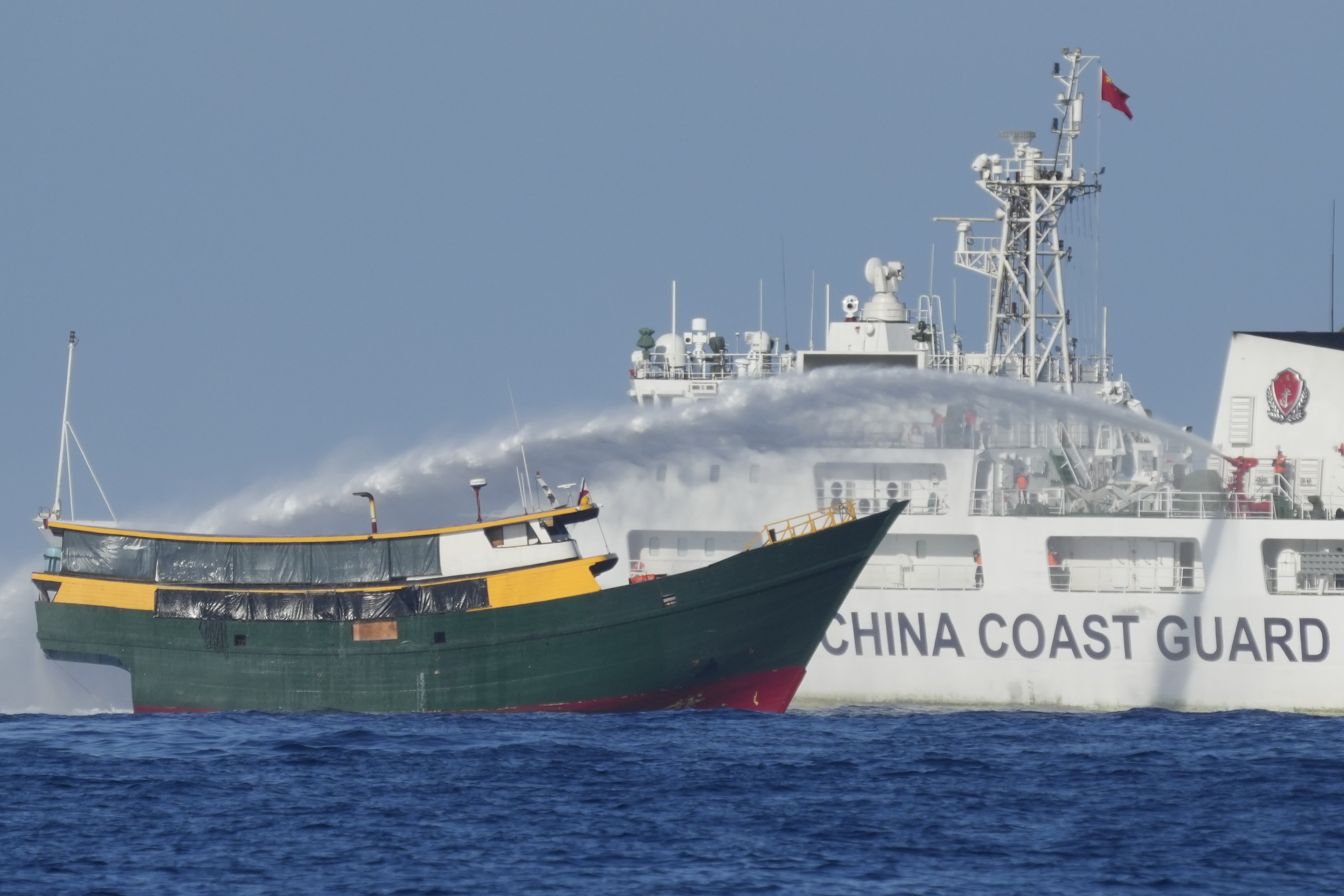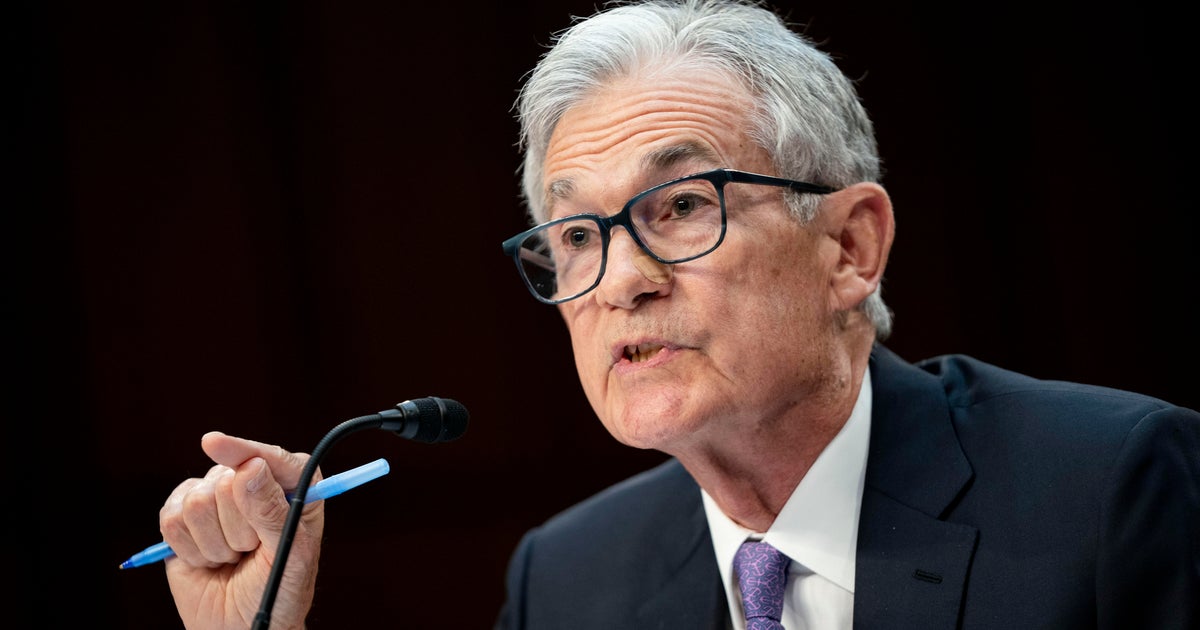

President Trump threatened on Thursday to impose a 35 percent tariff on Canadian imports, upending negotiations between the countries that had Canada’s representatives hopeful that a trade deal could be reached in a matter of weeks.
Mr. Trump posted a letter to Prime Minister Mark Carney of Canada on social media outlining his latest threat. He said the new, higher tariff rate for Canada would go into effect on Aug. 1, though it was unclear if it would affect all Canadian goods, or if he would follow through.
Mr. Trump’s letter resembled the format of letters he has sent to nearly two dozen American trading partners this week. But it differed from the others by accusing Canada of having “financially retaliated” against the United States with its own tariffs. It also raised Mr. Trump’s repeated assertion — unsupported by U.S. and Canadian data — that Canada had not done enough to stop the flow of fentanyl across the U.S.-Canada border, as well as his complaints about Canada’s high tariffs on U.S. dairy farmers.
Mr. Trump also suggested that the new tariffs were subject to further negotiations ahead of the Aug. 1 deadline. “These Tariffs may be modified, upward or downward, depending on our relationship with your Country,” Mr. Trump concluded.
Tariffs of 35 percent, if applied widely, could harm Canada’s export-dependent economy, which relies heavily on the United States, its biggest trading partner.
In a late-night post on social media, Mr. Carney said that Canada would try to get the best deal for its workers in the talks, acknowledging the new deadline but not the fresh threat of higher tariffs.
“Canada has made vital progress to stop the scourge of fentanyl in North America,” he said. “We are committed to continuing to work with the United States to save lives and protect communities in both our countries.”
Earlier this year, Mr. Trump imposed a 25 percent tariff on imports from Canada but then exempted most products that qualify as North American under the U.S.-Mexico-Canada Agreement, the trade pact he signed in his first term. The exceptions were for steel and aluminum, which now have a 50 percent charge, and vehicles, which take into account American components. Mr. Trump also set a lower tariff rate for oil, fertilizer and energy products from Canada.
As a result, the new 35 percent tariff may not affect all Canadian goods. According to a Trump administration official, the higher tariffs are expected to apply to those goods that currently have a 25 percent tariff, but the official said that no final decisions have been made.
Trade talks between the United States and Canada have intensified over the past few weeks. During the meeting of the leaders of the Group of 7 industrialized nations that was held in Canada last month, Mr. Carney imposed a deadline of July 21 for a new agreement between the two countries. He has said that Canada will accept only an elimination of all tariffs between the countries.
No one in the Trump administration has endorsed that deadline.
And last month, Mr. Trump abruptly stopped those talks as Canada was about to begin collecting a 3 percent tax on large digital companies operating in Canada — a move that had been bitterly opposed by large U.S.-based tech companies.
After Mr. Carney abruptly canceled the tax, Mr. Trump resumed negotiations. Canadian officials at various levels have been communicating with their U.S. counterparts almost daily since the resumption of talks, according to Kirsten Hillman, the country’s ambassador to the United States and its chief trade negotiator with Washington.
Mr. Trump announced global tariffs on dozens of countries in April. After that announcement threw stock and bond markets into turmoil, he paused the tariffs for 90 days, urging countries to strike trade deals with the United States during that period. Countries were given until July 8 to reach their own agreements with the White House’s negotiators.
Earlier this week, Mr. Trump announced that the deadline would be extended to Aug. 1, but he also started posting letters to his social media accounts informing countries of the high tariffs that would be charged on their exports if they didn’t make deals.
Japan, South Korea, Brazil, and more than a dozen other nations have since been threatened with tariffs ranging from 20 to 50 percent.
Matina Stevis-Gridneff contributed reporting.










-3.png)



